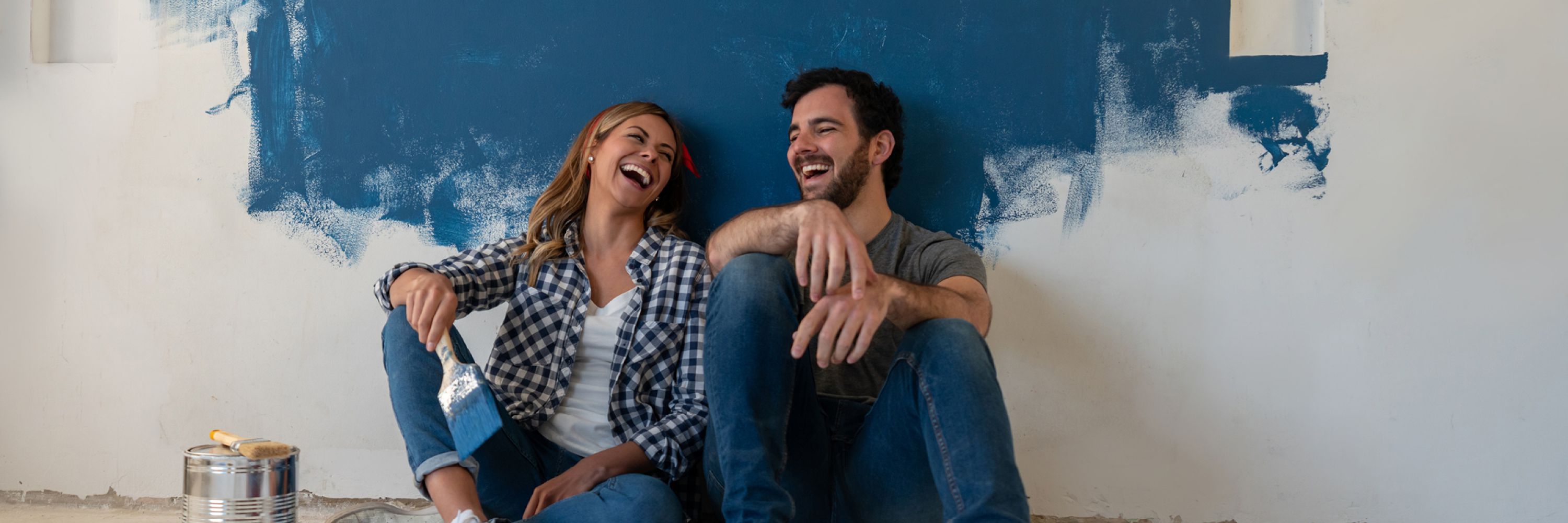
Maintaining Home Improvement Harmony
How to avoid common squabbles during a remodel
By Erik J. Martin - CTW Features
Most married or cohabitating couples can agree when a home upgrade is needed – whether it be a kitchen remodel, bathroom redo or other improvement project. But what they can’t always concur on are the details involved, which can make the process painful for partners, say the pros.
The good news is that over half of people polled by Houzz for its Remodeling and Relationships Survey reveal that a remodeling or redecorating project undertaken with a partner resulted in a collaborative and fulfilling experience (as indicated, respectively, by 59 percent and 53 percent of respondents).
The bad news is that many encountered frustration (33 percent) and 7 percent even pondered divorce or separation during their project. The most cited triggers of tension that caused remodeling-related arguments included posters and other artwork (52 percent), sports memorabilia (24 percent), childhood mementos and toys (24 percent) and homemade art (18%). Agreeing on products, finishes and materials also was named a major challenge (30 percent), as was communication (29 percent), adhering to the budget (25 percent) and agreeing on design and/or style (25 percent).
Monica D. Higgins, the Culver City, Calif.-based author of “Remodel Success: Home Remodeling Done Right, On Time and On Budget” (Schiffer, 2017), says many partners are stressed out about home improvement projects because it’s easy to get overwhelmed by the fine points.
“So many minute details must be handled, weighed and considered, each one affecting the next phase of construction,” Higgins says. “And couples’ decorating tastes tend to clash more often than not, so they have a hard time merging their tastes into a design style that works for both of them.”
Charmaine Wynter, an interior designer in Southlake, Texas, adds that tunnel vision and stubbornness can contribute to the problem, too.
“Couples are often faced with an inability to see the other’s design point of view and lack the training to find areas of design commonality,” Wynter says.
Tony Pullaro, a homeowner in Tampa, Fla., can relate. He and his husband Michael frequently butted heads during a recent redecorating.
“We argued most over the budget and personal mementos,” Pullaro says. “But we each learned that you can’t always be right – your partner deserves the same amount of input and compromise.”
Nino Sitchinava, principal economist with Palo Alto, Calif.-headquartered Houzz, says that latter word is particularly crucial.
“More than a third of respondents to our survey agree that the answer is all about compromise. But you can also use external resources that may support that compromise,” says Sitchinava, noting that gathering pictures and ideas from home improvement sites and getting advice from home professionals were cited as solutions by, respectively, 31 percent and 29 percent of those polled.
“I’ve had numerous clients tell me that hiring a design expert for a few hours to talk about a project is invaluable,” Wynter says. “They get a professional opinion on things that can enhance their project and advice on traps to avoid. An experienced interior designer is trained to see areas of commonality in design styles and themes and knows how to position opposite elements for best outcomes.”
Higgins suggests three additional steps that can resolve renovation differences.
“Before embarking on a remodel, both of you should independently write down any questions and notes that must be considered for your project. Then, compare answers. Lastly, come to a consensus before presenting any ideas to your chosen professionals like the designer, architect or contractor,” Higgins says.
Get In Touch If you're interested in improving your life through homeownership, please provide your contact information below and a Loan Officer will be in contact. |
|
|

